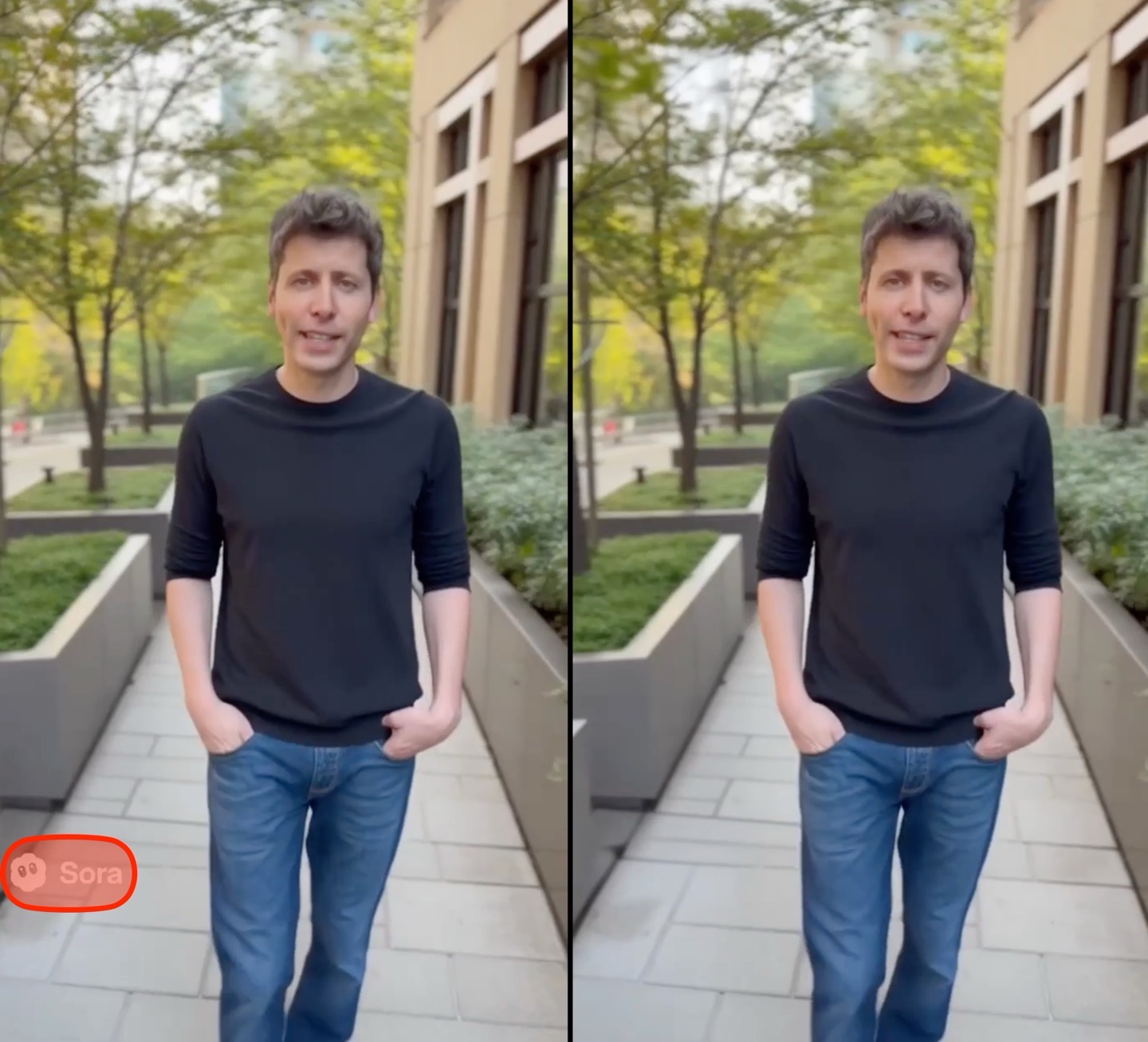bird flu was one of the biggest health problems in 2024, and all indications are that it will continue to be so in 2025. Currently, the country most affected by the recent outbreak is USAwhere the virus has already affected many animal species other than birds. Actually, cattle They are great spreaders of disease. A significant portion of those infected are farmers who work with these animals and, fortunately, suffered the disease with more or less mild symptoms. However, in Louisiana identified a mutation that has caused concern among experts.
The patient became more seriously ill than most cases identified so far. Does this mean it is a more virulent pathogen? To verify this, the genome of viral samples extracted from his cells was sequenced, and it was proven that after infection the virus mutated until it can better adhere to the cells it invades.
At this time, the US Public Health Service and the World Health Organization continue to believe that the risk of a pandemic is very low. Despite this mutation, the bird flu virus still cannot be transmitted from person to person. Moreover, the infection phase in which it mutated is late enough that it cannot continue to spread. Therefore, what happened is just wake-up call. A wake-up call that reminds us that at any moment the virus may take the missing step to change the calm we have regained after Covid-19. We shouldn’t panic, but be alert.
New steps for bird flu
Last month March 2024 Several cases of avian influenza have been reported in goats on a US farm. These were young individuals infected through contact with poultry. It was about a virus highly pathogenic form of influenza A(H5N1). Appropriate measures were taken to prevent further spread of the infection, but gradually new cases appeared in the North American country.
That same month, several cases were identified in dairy cows in the states Texas and Kansas. Shortly thereafter, on April 1, the first human case was reported. The patient became infected through contact with a cow during work. The second and third cases appeared in May, again through contact with dairy cows.
Since then, numerous cases have been reported in many mammals, from alpacas to cats. There were also at least 66 human diagnosesbut, fortunately, none of them were transmitted from person to person. There was only one sick person who had no known contact with potentially infected animals, but it is ruled out that he became infected from another person. So, even though this is a highly pathogenic variant, the threat to our species does not appear to be very high. The virus will need to mutate to be able to transmit from one person to another. This has not yet happened, but the Louisiana case reminds us of the importance of monitoring every case.
What do we know about the Louisiana case?
Sequencing of the virus present in the cells of a Louisiana patient shows it is a strain genotype D1.1. This is different from genotype B3.13 affecting livestock, poultry and other animals throughout the country. However, its origin is clear, since the same genotype was found in poultry located in the patient’s home. This genotype has also been found in wild birds throughout the United States. But there was a difference. A mutation occurred in the genetic material of the virus present in the cells of the patient from Louisiana, which was not present in the cells of the birds that infected him. This consists of some small changes to hemagglutinin genewhich helps the virus bind to the cells it infects. This is a mutation that makes infection more effective and increases the risk of an epidemic.
How did this mutation arise in the avian influenza virus?
The avian influenza virus, like any other, It is not capable of reproducing on its own. It requires a mechanism to replicate the cells it infects. Once he masters it, he will begin to create copies of himself. Lots of copies. And, of course, this is such a desperate process that mistakes can be made. We can think of it like when we were kids, we were punished at school for writing “I will never speak in class again” 100 times. Eventually we had so much resistance that we were able to insert “I’ll be back” without the accent or say it without the “h.”

These errors, in the case of viruses, mutations this may cause various effects. Sometimes they have a negative effect on the virus. They might even put an end to it. In other cases they are neutral. Neither good nor bad. However, there are mutations that can be very beneficial to viruses, for example by making it easier for them to spread to new species.
In this case, it appears that when the virus infected the Louisiana patient’s cells and began to replicate, it made a mistake that allowed it to attach to the cells much better. The upside is that this appears to have happened after many copies had been made, when the most contagious phase had passed. Therefore, perhaps this mutated virus did not spread anywhere and died of success.
Subscribe to Hypertext daily newsletter. Get the most important, up-to-date information on technology, science and digital culture delivered to your inbox every day.
But if the mutation had occurred earlier and given him the ability to jump on other people, the situation would have been much more serious. Therefore, it is extremely important that in all cases notified and arranged. This way, the bird flu virus will remain under control and we won’t have to worry about any major concerns in 2025.
Source: Hiper Textual














